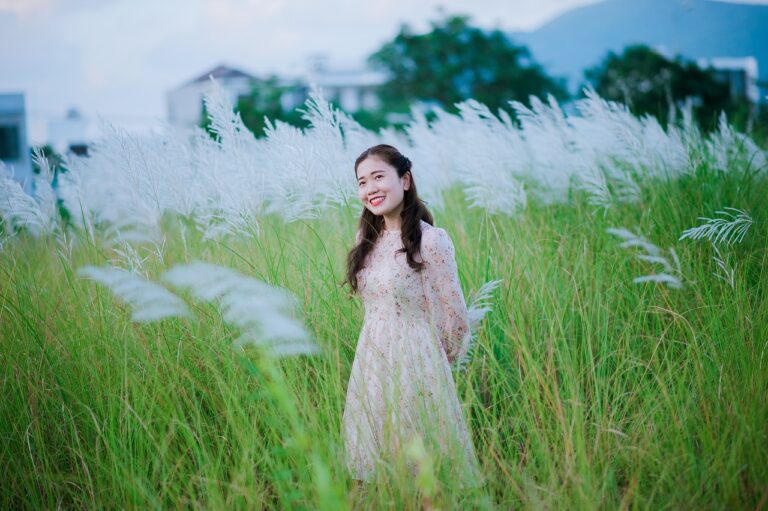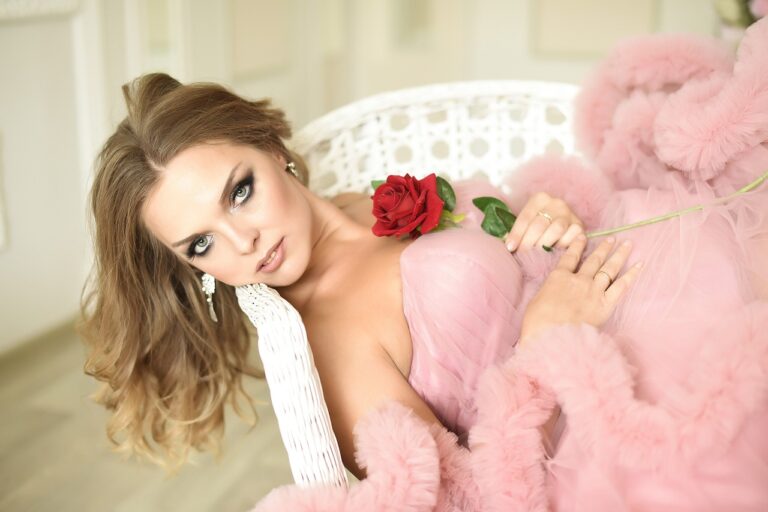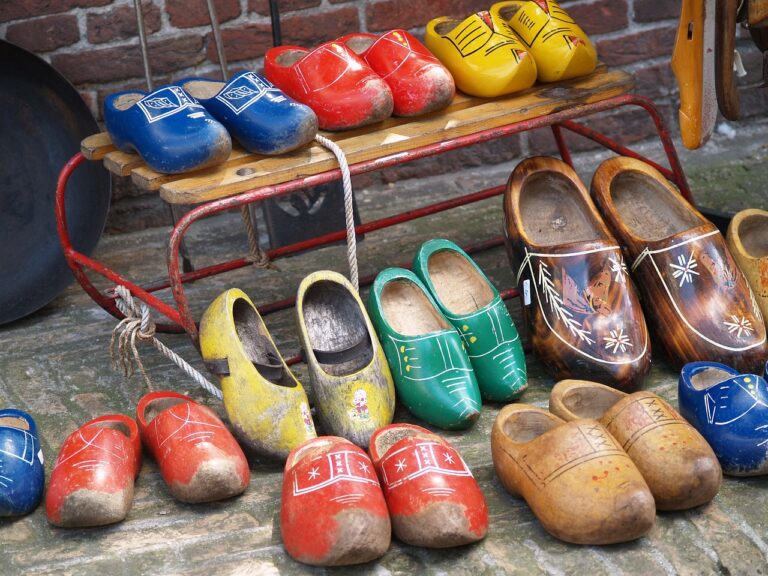Fashion and Fashion History: Exploring Clothing Trends Through the Ages
Mesopotamia and Ancient Egypt were both civilizations that placed great importance on clothing and style. In Mesopotamia, people wore clothing made from natural fibers such as wool, linen, and leather. The garments were often adorned with intricate patterns and designs, showcasing the craftsmanship and skill of the artisans.
Similarly, in Ancient Egypt, clothing was not only a practical necessity but also a symbol of status and wealth. The ancient Egyptians used linen as their primary fabric due to its abundance and comfort in the hot climate. Both men and women wore tunics and draped garments, with the wealthy adding jewelry, headdresses, and elaborate accessories to enhance their attire. The meticulous attention to detail in clothing and accessories reflects the significance placed on appearance and aesthetics in these ancient societies.
Medieval Fashion: Knights, Ladies, and Peasants
Medieval fashion was a reflection of social hierarchy during the Middle Ages. Knights, the noble elite, were often adorned in luxurious fabrics such as velvet and silk, embellished with intricate embroidery and jewels. Their attire, including chainmail armor and tabards bearing family crests, symbolized their status and prowess in battle. The fashion of knights also incorporated practical elements for warfare, such as sturdy leather boots and gauntlets.
On the other hand, ladies of the medieval era wore garments that were influenced by the ideals of courtly love and chivalry. Noblewomen dressed in elegant gowns made of rich fabrics like satin and brocade, often adorned with fur trims and elaborate headdresses. The clothing of ladies emphasized femininity and grace, with tight-fitting bodices and flowing skirts that accentuated their stature and refinement. Peasants, in contrast, wore simpler attire made of rough wool and linen, tailored for practicality and durability in their daily lives.
Renaissance Attire: The Birth of Fashion in Europe
During the Renaissance in Europe, fashion played a significant role in expressing one’s social status and wealth. Clothing became an essential way for people to showcase their prosperity and taste. The nobility adorned themselves in luxurious fabrics such as velvet, silk, and brocade, often embellished with intricate embroidery and embellishments. Sumptuary laws were even enacted to regulate the types of fabrics, colors, and styles that different social classes were permitted to wear.
The Renaissance period also saw the emergence of new silhouettes and styles that revolutionized the way people dressed. Women’s fashion evolved with the introduction of the conical shape of the bodice, accentuating the waist and creating a more structured look. Men’s clothing featured elaborate doublets, hose, and codpieces, showcasing intricate tailoring and craftsmanship. Accessories such as elaborate headpieces, ruffs, and ornate jewelry became popular additions to complete the lavish Renaissance ensemble.
• The Renaissance period was a time of opulence and extravagance in fashion
• Clothing was used as a way to display social status and wealth
• Nobility often wore luxurious fabrics like velvet, silk, and brocade with intricate embellishments
• Sumptuary laws were enacted to regulate what different social classes could wear
During this time, women’s fashion saw the introduction of the conical bodice shape which accentuated the waist and created a more structured look. Men’s clothing featured elaborate doublets, hose, and codpieces that showcased intricate tailoring and craftsmanship. Accessories such as headpieces, ruffs, and ornate jewelry became popular additions to complete the lavish Renaissance ensemble.
What were some key characteristics of Renaissance attire?
Renaissance attire was characterized by rich fabrics, intricate details, and a focus on silhouette.
How did Renaissance fashion differ from medieval fashion?
Renaissance fashion was more elaborate and luxurious compared to the simpler styles of medieval fashion.
Who were some notable figures known for their extravagant Renaissance attire?
Queen Elizabeth I of England and King Louis XIV of France were known for their elaborate and luxurious Renaissance attire.
What were some common fabrics used in Renaissance clothing?
Common fabrics used in Renaissance clothing included silk, velvet, and brocade.
How did social status influence Renaissance fashion?
Social status played a significant role in Renaissance fashion, with the wealthy wearing more elaborate and expensive clothing to showcase their status.
Did Renaissance fashion have any lasting impact on modern fashion?
Yes, many elements of Renaissance fashion, such as corsets, ruffs, and puffed sleeves, have continued to influence modern fashion trends.







